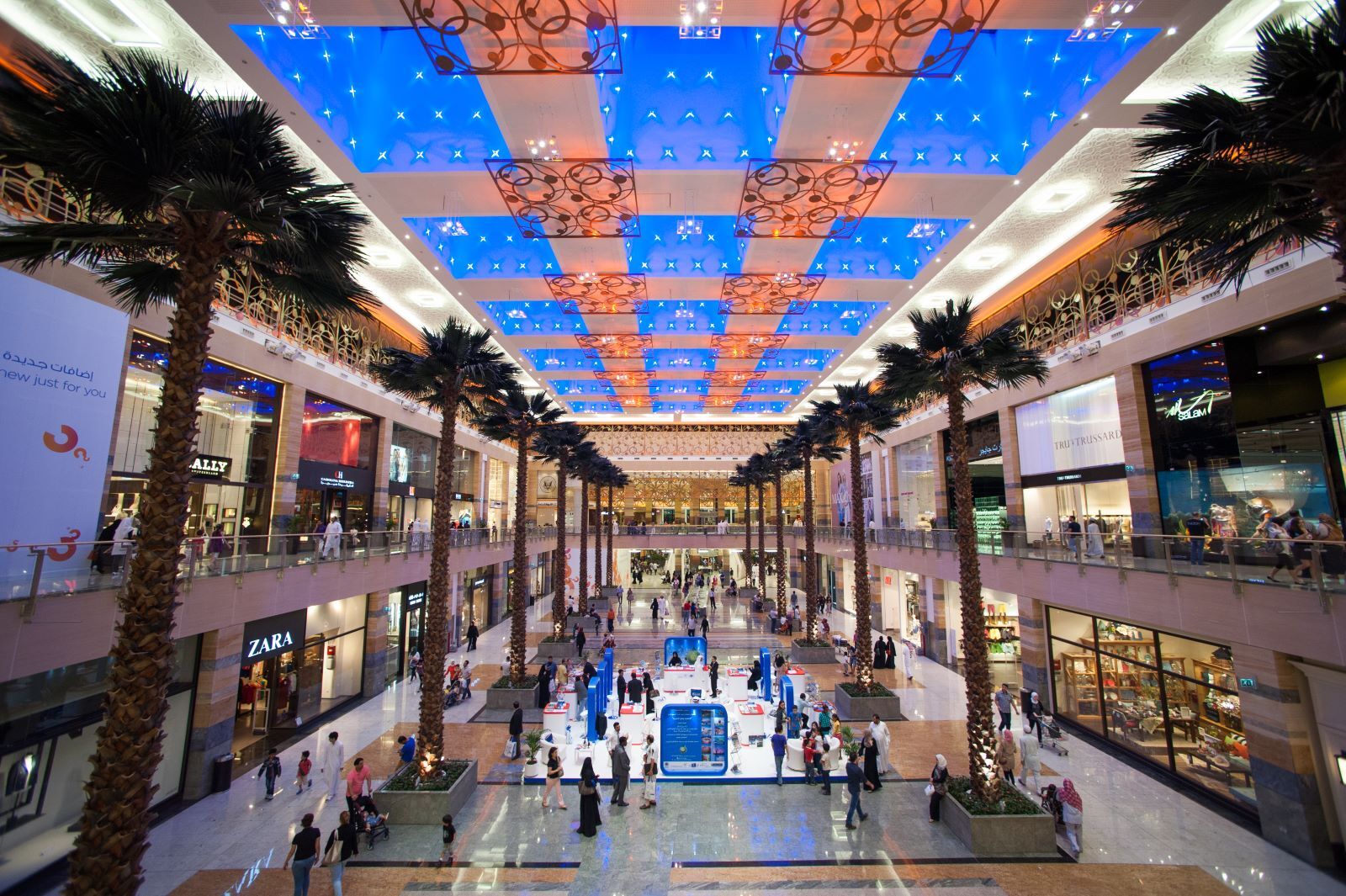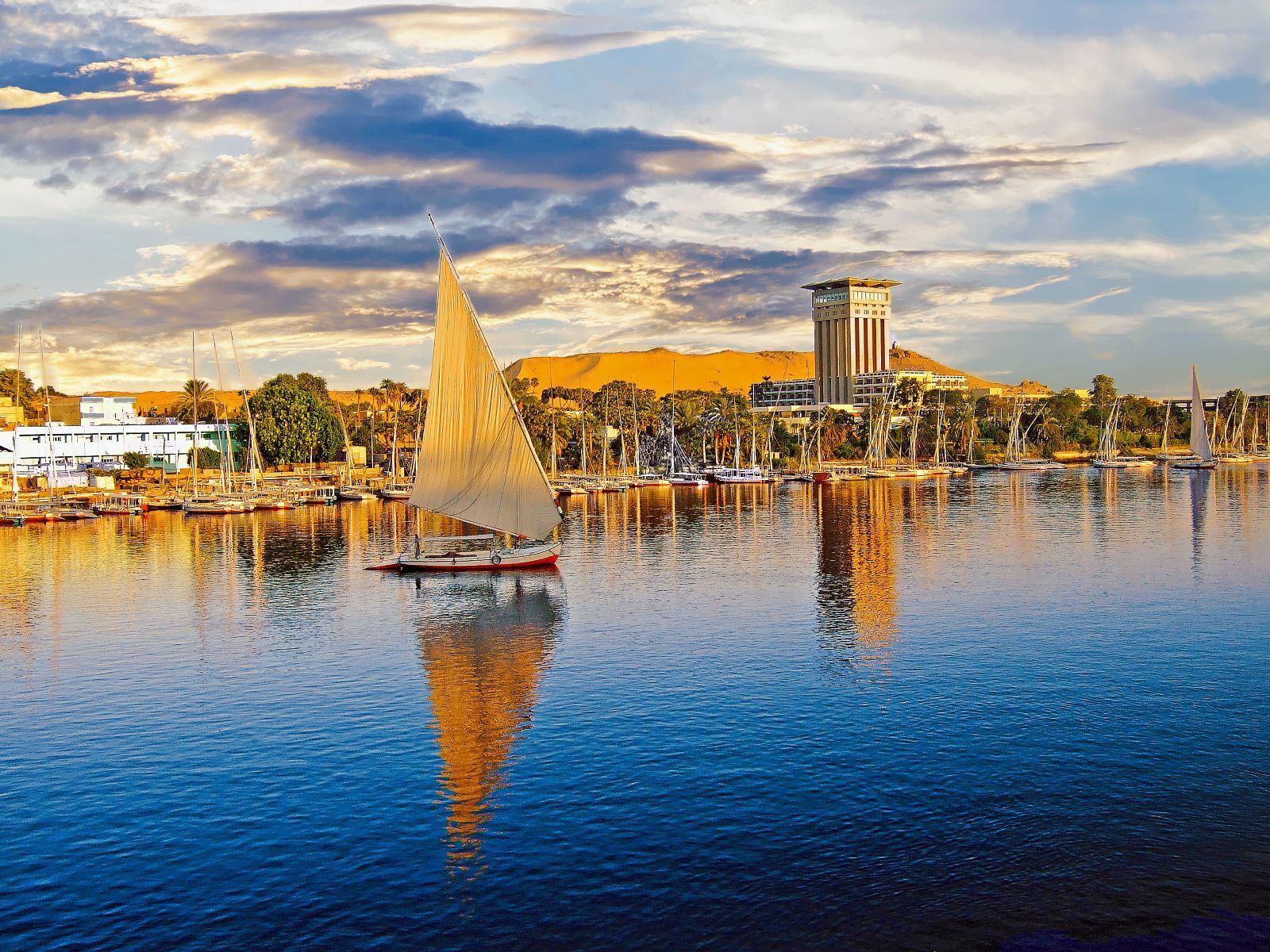11 Biggest Shopping Malls in the World
The concept of the shopping mall has evolved dramatically over time, from ancient marketplaces to the massive complexes that dominate current cities' landscapes. What started off as small market squares has grown into large, multifunctional areas that are essential to daily living. Early predecessors, such as Rome's Trajan's Market, often regarded as one of the first shopping malls, provided the groundwork for today's largest malls. Malls transformed from solely retail-focused centres to destinations for food, entertainment, and leisure over the twentieth century, particularly after the 1980s. These structures are no longer only commercial facilities, they are also centres for social activity.

Below we look at some of the world's largest shopping malls, each with its own set of offerings and all assessed by Gross Floor Area (GFA) and Gross Leasable Area (GLA), a reliable indicator of scale and capacity. Today's malls are representations of economic power and architectural achievement, reflecting the shifting wants and desires of a worldwide consumer population.
The Significance of the Largest Malls
The world's largest malls are more than just shopping destinations, they are economic generators that contribute greatly to the growth of the nations where they are located. These mega-structures boost economic activity by creating thousands of employment, encouraging tourism, and assisting small and large businesses. They attract both locals and international tourists, resulting in a thriving business ecology. These malls also encourage urban development, typically resulting in the construction of hotels, residential areas, and entertainment centres around them.
For example, the Dubai Mall, which receives over 80 million people every year, has become one of the world's most popular tourist destinations, contributing billions of dollars to the UAE economy. These malls not only act as shopping centres, but have improved the country's cultural and social fabric, offering venues for entertainment, culture, and business, thereby stimulating local as well as global commerce.
The Largest Shopping Malls in the World
1. New South China Mall – Dongguan, China
The New South China Mall is the world's largest mall by gross leasable area, with almost 6.5 million square feet (600,000 square metres) of retail space. That's enough for around 2,300 businesses all under one roof. Although the world's largest mall has held that title since its completion in 2005, it has seen periods of extremely low occupancy, earning it the nickname "the ghost mall of the world." Visitation has increased, and it now includes an indoor karting track and an IMAX movie theatre in addition to its extensive shopping facilities.
GFA: 9.6 million sq ft (892,000 m²)
GLA: 6.46 million sq ft (600,000 m²)
Opened: 2005
2. Golden Resources Mall – Beijing, China
The Golden Resources Mall, located outside the city of Beijing on the Fourth Ring Road, offers high-end luxury products, with six levels of premium apparel, jewellery, electronics, and home decor. The Golden Resources Mall cost an estimated $3.8 billion to build. From 2004 to 2005, it was the world's largest mall until the new world's largest mall opened in another area of China.
GFA: 7.3 million sq ft (680,000 m²)
GLA: 6.0 million sq ft (560,000 m²)
Opened: 2004
3. ICONSIAM – Bangkok, Thailand
Although the CentralWorld mall (as you’ll see below) has a slightly greater floor area, the ICONSIAM has more leasable space. It ranks first among Bangkok's list of the world's largest malls. ICONSIAM, located on the banks of the Chao Phraya River, is a mixed-use complex that combines the retail store experience with a unique indoor floating market, a river museum, and an entire 260,000 sq ft (25,000 m2) luxury wing known as ICONLUXE.
GFA: 8.1 million sq ft (750,000 m²)
GLA: 5.65 million sq ft (525,000 m²)
Opened: 2018
4. SM Megamall – Mandaluyong, Philippines
Every day, 800,000 visitors walk through the SM Megamall's, exploring more than 5 million square feet (474,000 square metres) of store space. As one of the world's largest malls, the shops are mainly located in two buildings, fittingly designated Mega A and Mega B. Over 200 restaurants and food stalls serve both local and foreign cuisine, while 14 film screens, including an IMAX theatre, offer an endless supply of entertainment. There's also a bowling alley, skating rink, and arcade, providing more entertainment in a single visit.
GFA: 5.5 million sq ft (511,000 m²)
GLA: GLA: 5.1 million sq ft (474,000 m²)
Opened: 1991
5. SM Mall of Asia – Pasay, Philippines
The competition for the largest retail mall in the Philippines is fierce. With IKEA's recent addition to this massive retail space, the SM Mall of Asia now ranks first in terms of floor size, but not leasable area. The Mall of Asia's waterfront promenade is a pleasant surprise from one of the world's largest shopping malls, with breathtaking views of Manila Bay. On-site attractions include an ice skating rink, an indoor amusement park, and an aquarium.
GFA: 6.35 million sq ft (590,000 m²)
GLA: 4.66 million sq ft (433,000 m²)
Opened: 2006
6. CentralWorld – Bangkok, Thailand
Bangkok is the ideal fast-paced, densely populated location for building the world's largest malls. This long-standing example goes far beyond retail, with a massive cooking school, karaoke bar, and over a hundred restaurants and cafes. CentralWorld is also a cultural attraction, featuring fashion events, concerts, and festivals in addition to its regular retail offers. If you want to be near the activity, there is a hotel and office tower on-site.
GFA: 8.9 million sq ft (830,000 m²)
GLA: 4.62 million sq ft (430,000 m²)
Opened: 1990
7. Dubai Mall - Dubai, UAE
It's not surprising that Dubai is on the list of the world's largest malls, given its reputation for lavishness. With 12 million sq ft (1.1 million m2) of floor space, it's unquestionably one of the world's largest shopping and consumer complexes. It includes almost 1,200 shops, a massive aquarium, an Olympic-sized ice rink, a virtual reality park, an indoor theme park, and the world's largest confectionery store. Dubai Mall, one of the world's most popular shopping destinations, has received numerous awards for its design, forward-thinking planning, and use of lighting. It's also connected to the world's tallest structure, the Burj Khalifa.
GFA: 12 million sq ft (1.1 million m²)
GLA: 4.3 million sq ft (399,500 m²)
Opened: 2008
8. West Edmonton Mall – Edmonton, Canada
This ranking of the world's largest malls features contemporary masterpieces in densely populated locations. However, this underdog possesses the abilities needed to compete on a global scale. The West Edmonton Mall, built in 1981, is home to a big indoor amusement park and waterpark, as well as a mini-golf course and bowling alley. Although the Mall of America in Minnesota is the largest in America, this is the true champion of the continent.
GFA: 5.3 million sq ft (493,000m²)
GLA: 3. 77 million sq ft (350,00 m²)
Opened: 1981
9. İstanbul Cevahir – İstanbul, Turkey
The Istanbul Cevahir, sometimes referred to as Europe's largest retail mall, brings together cuisine, shopping, events, and activities under one giant roof spanning 5 million square feet. You may see a movie on one of 12 cinema screens, take an indoor roller coaster ride, or shop till you drop on six floors of retail space. Once you've worked up an appetite, numerous fast food and luxury restaurants are waiting to serve delicious food.
GFA: 5 million sq ft (465,000 m²)
Opened: 1981
Opened: 2005
10. Berjaya Times Square – Kuala Lumpur, Malaysia
The Berjaya Times Square, housed in two 48-storey towers, does not have the typical appearance of the world's largest malls. However, once inside, you'll notice that it certainly strikes the mark. This huge shopping mall features over 3.5 million square feet of leasable space, over 1,000 retail stores, 65 eating options, and Malaysia's first IMAX theatre. It also includes Cosmo's World Theme Park and two luxury hotels.
GFA: 7.5 million sq ft (700,000 m²)
GLA: 3.44 million sq ft (320,000 m²)
Opened: 2003
11. Iran Mall – Tehran, Iran
Iran, as the origin of the bazaar, understands the importance of establishing large public markets. In 2018, the modern Iran Mall joined the elite list of the world's largest malls. Based on its gross floor area during the initial phase of construction, the Iran Mall is now the world's largest mall, measuring 14.5 million square feet (1.35 million square metres). As a multi-use venue with gardens, cultural artefacts, and a massive library, its gross leasable area is slightly less spectacular, estimated at 3.23 million square feet (300,000 square metres).
GFA: 21 million sq ft (1.95 million m²)
GLA: 3.23 million sq ft (300,000 m²)
Opened: 2018
The world's largest malls reflect their destinations' economic and cultural objectives. These malls create jobs, promote tourism, and function as cultural centres, attracting visitors from all over the world. Each of these malls provides a glimpse into the future of retail and commerce. As cities expand and consumer expectations shift, these mega-structures will continue to transform urban landscapes, creating experiences that go beyond shopping.



